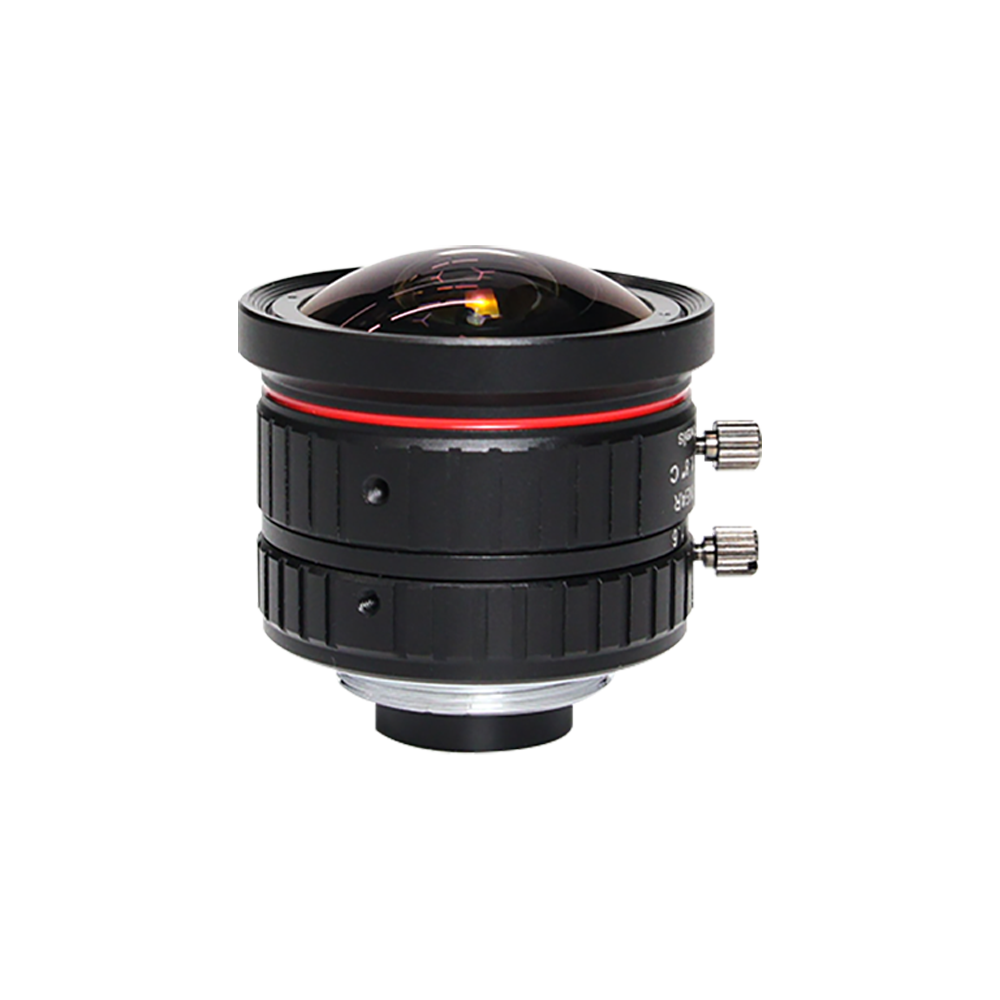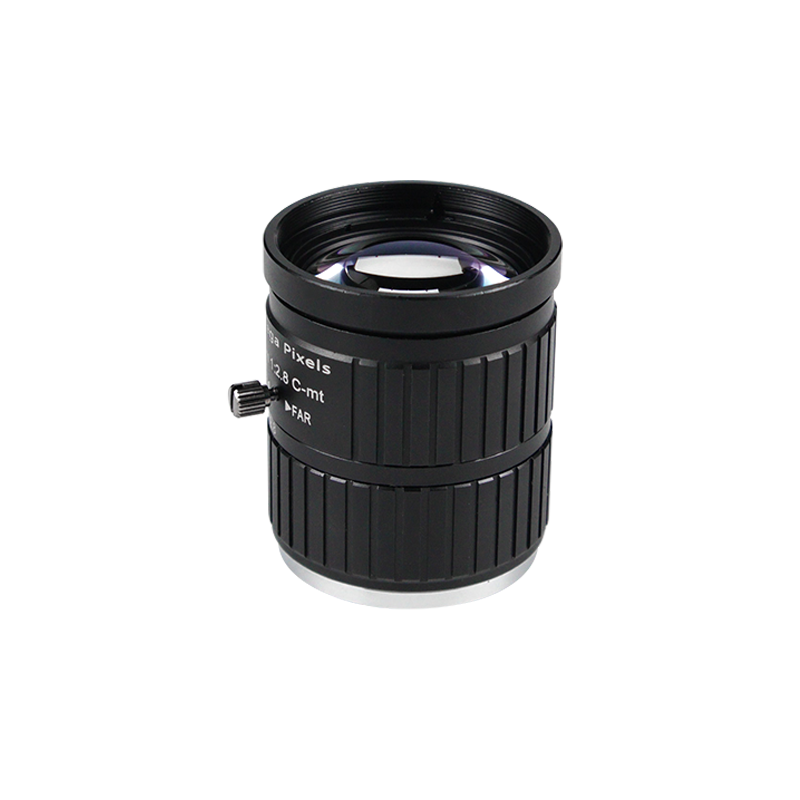Optimizing Illumination with Ring Lights in Vision Systems
Understanding Ring Lights in Vision Systems
Ring lights are characterized by their circular design, which offers uniform illumination, making them an essential component in various applications, particularly within machine vision systems. The circular arrangement allows the light to surround the camera lens, focusing illumination evenly across the target area. This is particularly effective in brightfield imaging applications, where consistent lighting is critical for capturing detail-oriented images.
The benefits of using ring lights are numerous, including the reduction of shadows, enhanced visibility of intricate details, and their adaptability to diverse environments. Industries such as electronics manufacturing and food packaging rely heavily on ring lights for their operations. For instance, during the inspection of printed circuit boards, the uniform light distribution eliminates harsh shadows, allowing for the accurate detection of defects. Moreover, their compact design is suitable for setups with limited space, underscoring their versatility and utility in varied industrial contexts.
How to Optimize Illumination with Ring Lights in Vision Systems
Choosing the right ring light is pivotal for optimizing illumination in vision systems. Key criteria include size, brightness, and adaptability to various environments. When selecting a ring light, consider the power supply requirements and compatibility with existing equipment to ensure seamless integration. The ring light's size should align with the specific application, providing sufficient coverage without excessive shadowing. Brightness levels must be adjustable to accommodate varying inspection needs. Adaptability is also crucial, as ring lights may need to function under different conditions to ensure maximum performance.
Proper positioning and setup of ring lights significantly influence their effectiveness. Key practices involve adjusting angles and distances to minimize reflections and enhance image quality. Research suggests that placing the ring light at an optimal angle will reduce glare and shadows, leading to clearer images and improved data capture. Experts recommend positioning the light source evenly around the camera lens, thus ensuring uniform illumination across the area of interest. By following these guidelines, businesses can leverage ring lights to their full potential, ensuring precise and efficient machine vision processes.
Comparing Ring Lights with Other Lighting Options
When it comes to machine vision lighting, ring lights and dome lights serve distinct purposes, each with unique benefits. Ring lights excel in providing uniform illumination, ideal for surfaces that require even lighting without shadows, particularly during brightfield imaging. Dome lights, on the other hand, offer diffuse illumination making them suitable for reducing shadows and glare on complex surfaces. However, dome lights lack the adjustability and are less practical for fine detail imaging compared to ring lights. A study published in the "Journal of Modern Optics" highlights that ring lights outperform dome lights in precision tasks due to their direct lighting approach, which enhances clarity and detail accuracy.
Contrasting ring lights with bar lights reveals another dimension of lighting considerations in machine vision systems. Ring lights provide centralized illumination, making setup simple and easy to manage for evenly lighted close-range objects. Bar lights, or linear lights, offer versatile and adjustable illumination for larger and irregularly shaped objects. They can provide greater light coverage with adjustable positions, but ring lights are often preferred for their simplicity and compactness. According to expert sources, while bar lights' flexibility can be advantageous, their setup is more complex and requires precise calibration, adding to the complexity and cost. Thus, choice between ring and bar lights depends on the application needs, where ring lights offer straightforward solutions for objects necessitating concentrated lighting.
Practical Applications of Ring Lights in Vision Systems
Ring lights have significantly improved the image quality in electronics inspections, particularly for printed circuit boards (PCBs) and component verification. In this context, a well-documented case study showcases the role of ring lights in boosting inspection accuracy. The precision and uniformity of light provided by ring lights minimize shadow creation, thereby highlighting defects with enhanced contrast. Success rates in PCB inspections increased by approximately 15% by employing ring lights, as uniform lighting allows for the detection of minute flaws that might otherwise be overlooked.
Food packaging analysis is another sector where ring lights have proven their efficacy, particularly in quality control tasks such as defect detection and label placement verification. A notable case study revealed how the precise illumination of ring lights facilitated the identification of packaging inconsistencies at a 20% higher rate than other lighting solutions. By providing consistent, shadow-free lighting, ring lights ensure that labels are correctly positioned and defects such as dents or misaligned closures are easily visible, ensuring stringent quality standards are maintained. These practical applications underscore the pivotal role of ring lights in enhancing the efficiency and accuracy of machine vision systems.
Essential Products for Vision Systems Using Ring Lights
The FA10M2.8C Fa Lens is an impressive choice for vision systems using ring lights, especially when high precision is required. Its robust design accommodates a variety of image sizes and pixel requirements, ensuring exceptional performance in machine vision applications. By optimizing illumination through its adaptable focal lengths, the FA10M2.8C can significantly enhance the image quality, making it indispensable for tasks that demand meticulous detail, like electronics inspection or intricate surface analysis.
Moving on, the FA7528C Fa Lens is particularly suitable for enhancing the integrity of ring-light setups. Its ability to cater to specific tasks in machine vision, like capturing high-resolution images of fast-moving objects, showcases its importance. The lens's unique focal length capability perfectly complements the uniform illumination from ring lights, thereby improving the overall setup's effectiveness and efficiency in environments such as manufacturing lines or quality control processes.
Lastly, the FA5M06C Fa Lens stands out for its exceptional capability to optimize illumination in vision systems utilizing ring lights. Its emphasis on clarity and sharpness makes it ideal for detailed inspections where minor discrepancies could affect product quality. This lens significantly improves the accuracy and consistency of machine vision operations, ensuring that even the smallest errors in production and packaging are detected effectively.
FAQs
What are ring lights used for in vision systems?
Ring lights are used to provide uniform illumination in vision systems, reducing shadows and enhancing detail capture. They are particularly essential in applications requiring consistent lighting, such as electronics inspections and food packaging analysis.
How do ring lights compare to other lighting options like dome and bar lights?
Ring lights offer uniform illumination ideal for surfaces requiring shadow-free lighting, whereas dome lights provide diffuse illumination suitable for complex surfaces. Bar lights offer adjustable and versatile illumination for larger objects. Ring lights are often preferred for their simplicity and cost-effectiveness.
How should one select and set up a ring light?
Selection criteria include size, brightness, and environmental adaptability. Proper setup involves adjusting angles and distances to minimize reflections and positioning the light evenly around the camera lens for optimal illumination.
What industries benefit the most from using ring lights?
Industries such as electronics manufacturing, food packaging, and any sector requiring detailed imaging and inspection processes significantly benefit from the uniform illumination provided by ring lights.





